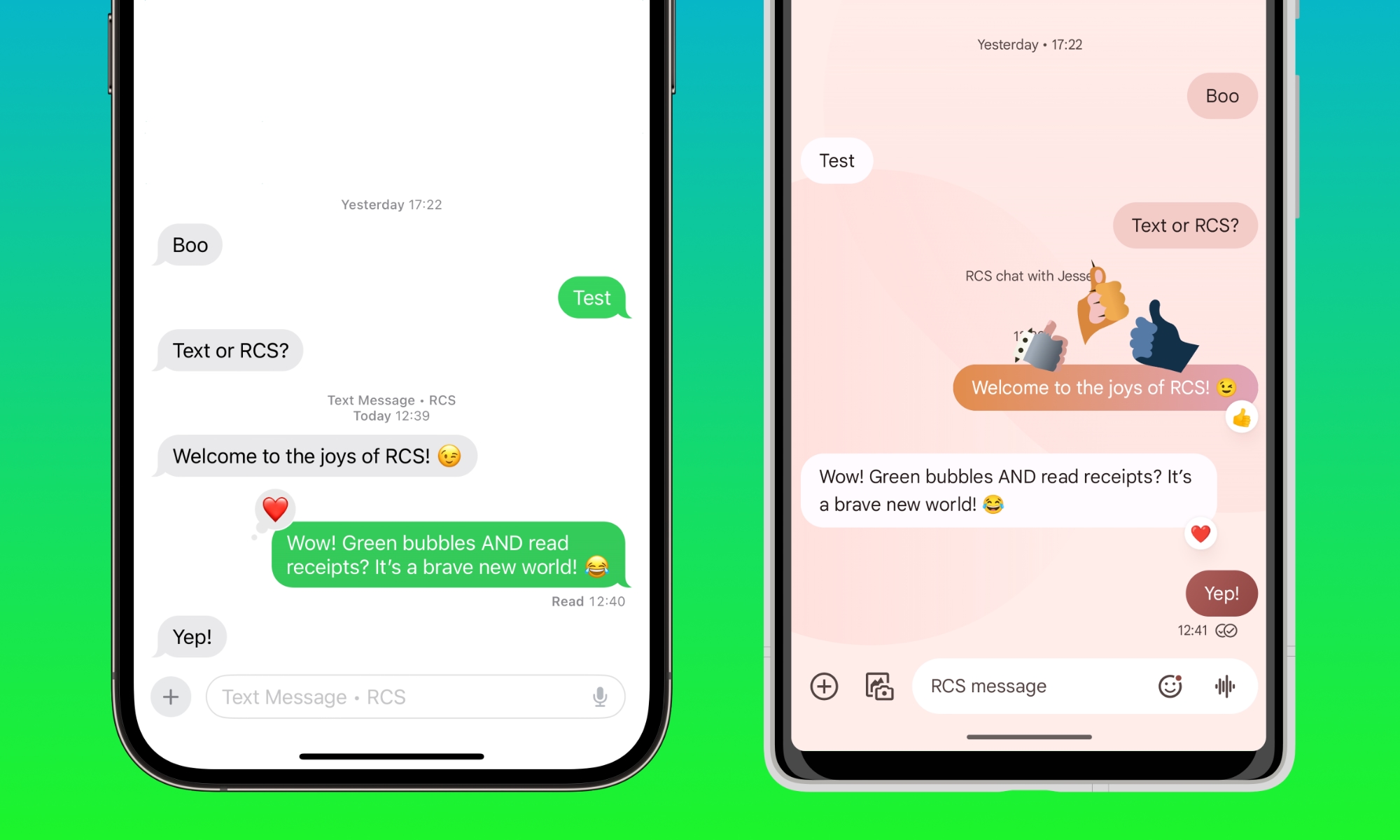Mint Mobile and Google Fi Users Will Finally Get RCS in iOS 18.4

Toggle Dark Mode
When RCS finally arrived on the iPhone in iOS 18 last year, it wasn’t as global a rollout as many folks had hoped. That’s because, unlike Google’s approach to RCS, Apple left the advanced messaging technology entirely in the hands of the carriers. The plumbing was in iOS 18, but individual carriers had to build their infrastructure and provide Apple with the updated carrier files to turn it on.
As a result, while the big three carriers had RCS support on day one, many smaller mobile virtual network operators (MVNOs) weren’t ready. That included some of the most popular ones like Mint Mobile, Google Fi, and US Mobile.
At the time, one of Mint Mobile’s co-founders posted on Reddit that it was still a few months away, but they were hoping to have it ready in December. However, while iOS 18.2 delivered expanded RCS support, inviting a few new MVNOs to the party, Mint Mobile wasn’t on that list, nor were several others.
Thankfully, those stragglers appear to have caught up. As noted by MacRumors and confirmed in the iOS 18.4 carrier configuration files, Mint Mobile, Google Fi, Ultra Mobile, Tello, and US Mobile are all on board. The functionality is also expected to come to most other T-Mobile-affiliated MVNOs.
RCS also appears to be rolling out to Orange in France, Spain, and the UK, as well as O2 in the UK, including its prepaid service and MVNOs such as Giffgaff and Tesco.
RCS, which stands for Rich Communication Services, was a welcome addition to the iPhone in iOS 18 after Apple spent years holding out. It allows green-bubbled messages to be exchanged more effectively with Android devices. Rather than falling back to the antiquated SMS standard, carrier-based messages between RCS-compatible devices can support higher-resolution images, typing indicators, and even emoji reactions. It’s almost everything iPhone users get with iMessage, although it lacks end-to-end encryption and a few other advanced features, such as editing and unsending messages.
The RCS standard dates back to 2007. However, it didn’t really get any traction until Google decided to embrace it as an Android platform standard in 2016. It still took a few years more to get everyone on board, but by 2020 RCS was providing interoperable messaging between Android devices of nearly every flavor.
However, one of Google’s tricks in getting RCS into widespread use was to build its own infrastructure and point its Google Messages app to that as a fallback for carriers that hadn’t gotten on board with their own RCS servers. That was a bit problematic at first, as other messaging apps like Samsung Messages still required carrier support, but over the past two years, other Android makers have given default placement to Google Messages.
Since Apple already has its own iMessage service, it wasn’t too interested in building a parallel RCS infrastructure or getting in bed with Google to use its servers. So, RCS on iPhone only works with carriers that have put the necessary pieces in place. While carriers also need to supply a configuration file to point to these servers, those can be pushed out over the air at any time. They don’t require a full iOS update, although they often arrive with those.
Apple maintains a list of iPhone features available on each carrier, including whether they offer RCS support. Since iOS 18.4 is still in beta, the new carriers mentioned above won’t be on that list yet. We expect it will be updated once Apple releases iOS 18.4, which is expected sometime in April.








